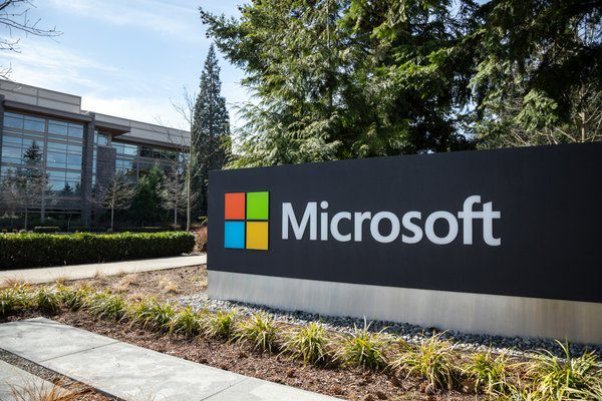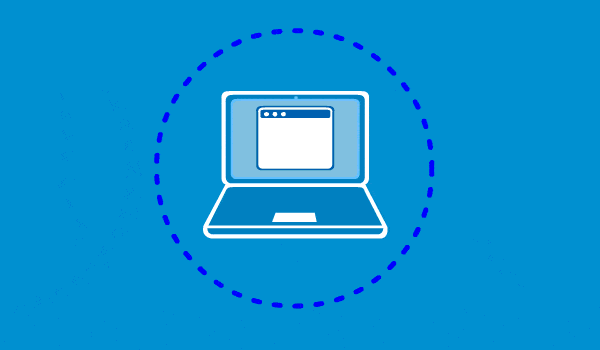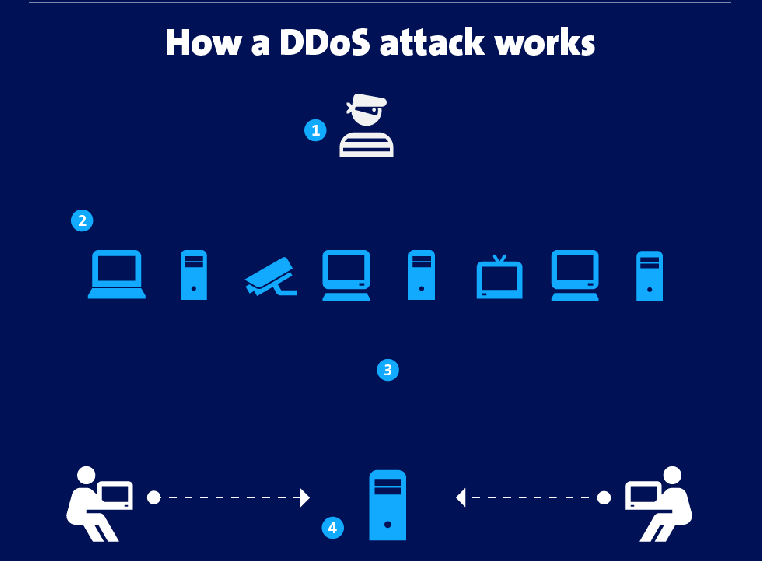DDoS attacks are on the rise. After Microsoft, it’s the turn of the Lombardy region.
A DoS attack, literally Denial of Service, consists of bombarding a site with requests until it becomes unreachable for users. Attackers use a variety of techniques that consume large amounts of network bandwidth or lock down other system resources. In this case, a lone attacker uses a single source to perform an attack against a target.
A distributed denial of service (DDoS) attack involves using multiple sources to orchestrate an attack against a target. These sources can include distributed groups of malware-infected computers, routers, IoT devices, and other endpoints.
Senior Program Manager Azure Networking, Amir Dahan, reported that last August Microsoft mitigated a DDoS attack of as much as 2.4 Tbps. This is an attack that targeted an Azure service customer in Europe and was more than double the volume of Microsoft’s largest attack in 2020.
It appears that the attack originated from about 70,000 sources, located in multiple countries in the Asia-Pacific area such as Malaysia, Vietnam, Taiwan, Japan and China, and also from the United States.

Cyber attacks on the Italian Public Administration are also increasing, after the episodes against the Lazio Region, the Lombardy Region has also been the victim of a DDoS attack.
“This morning the servers of the Lombardy Region were the subject of a major hacker attack, coming from abroad. The attack ended at 3:10 p.m. We have managed to guarantee the confidentiality as well as the absolute protection of the data of the citizens of Lombardy.”
Fortunately, the attack was foiled by the technicians of Aria – Regional Agency for Innovation and Purchasing – and did not cause serious damage to users, as stated in the official statement of the region itself.
“The only effect of the attack, in the early hours of the morning, was to create difficulties in connecting to some services and websites in the Region. However, we have guaranteed the most important activities and the operation of all regional platforms and, thanks to the monitoring and timeliness of the technicians, the data center has been armored and implemented with further specific protections.”

How to Build a Resilient Architecture on AWS?
There are several Amazon Web Services that respond to this need and allow you to build an architecture that knows how to defend itself from possible attacks.
AWS hosts services such as CloudFront
, Route 53
, WAF,
on a distributed network of proxy servers in data centers around the world called Edge Locations
.
Using Amazon’s global network of Edge Locations for application delivery and DNS service plays an important role in creating a comprehensive defense against DDoS attacks.
